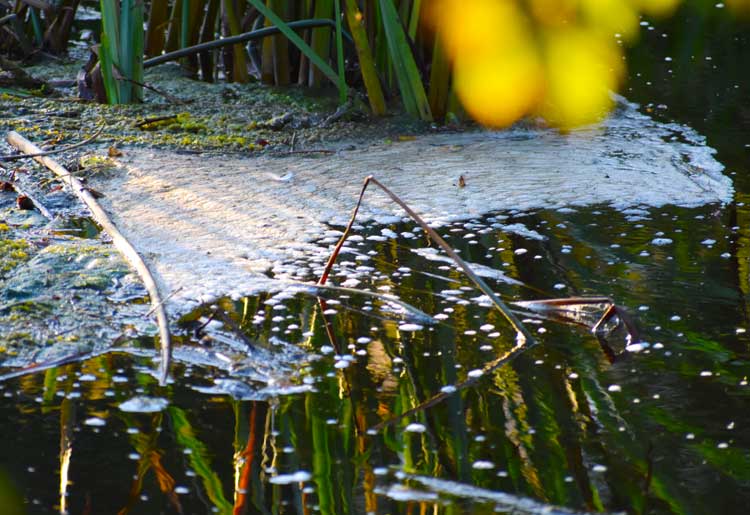Assessment shows only 53% of our surface water bodies here in Ireland have satisfactory water quality.
Thurles.Info, over the past number of years, has continuously highlighted the deliberate neglect and permitted deterioration, by Irish Water and Tipperary Co. Council, of water quality flowing in the river Suir, through Thurles town.

Now the EPA have today published the report for the five-year period 2013-2018.
The key findings are:
(1) Some 92% of groundwater bodies, 80% of coastal waters, 53% of rivers, 50% of lakes and 38% of estuaries were found to be of satisfactory quality.
(2) Since the last full assessment, however, river water quality has disimproved, with a net decline of 5.5% (128 water bodies) in the status of river water bodies.
(3) We are continuing to see a loss of the pristine river water bodies. There are now just 20 pristine river sites; same down from over 500 sites in the late 1980’s.
(4) The number of seriously polluted river water bodies (the ‘worst of the worst’) has started to rise; from 6 to 9 after many years of an improving trend.
(5) The number of fish kills increased to 40 in 2018, following a historic low of 14 in 2017. It is likely that the hot summer and low flow conditions in 2018 had an impact on this.
Commenting on the assessment, EPA Director Matt Crowe said:
“Ireland has made commitments to protect and improve water quality, under the Water Framework Directive and the National River Basin Management Plan 2018-2021. The aim of European and National Water Policy is to get polluted waters clean again, and ensure clean waters are kept clean.
However, the findings of this report indicate that water quality is getting worse after a period of relative stability and improvement. We now have an increase in the number of the most polluted river sites, and the number of rivers in poor ecological health is also increasing. Positive trends reported previously by the EPA have reversed. Not only are we failing to improve overall water quality, we are also failing to prevent further deterioration of our rivers.”
The main significant pressures impacting water quality in Ireland include agriculture, wastewater discharges, impacts to the physical habitat conditions including excess sediment (hydromorphology), and pressures from forestry activities. Of particular concern in the most recent assessment is the increase in nutrients (nitrogen and phosphorus) finding their way into our water bodies. Agriculture and waste water are the main sources of nutrients. Over a quarter of river sites monitored have increasing nutrient levels and nutrient loads to the marine environment have also increased.
Concluding, Ms Mary Gurrie, (Water Programme Manager) said:
“The overall increase in nutrient concentrations is a worrying development for our water quality. These excess nutrients come from human activities, predominantly our farms and waste water. We need to address the sources and the pathways by which these nutrients make their way into our rivers and lakes. Good water quality is essential for out health and well-being. The National River Basin Management Plan sets out a programme of measures to protect and improve water quality. It is essential that the measures required are implemented in order to avoid further deterioration and achieve the good water quality which people expect.”
The report Water Quality in Ireland 2013-2018 is now available on the EPA website and the accompanying data used in the water quality assessments are available HERE. An infographic is also available.

Leave a Reply